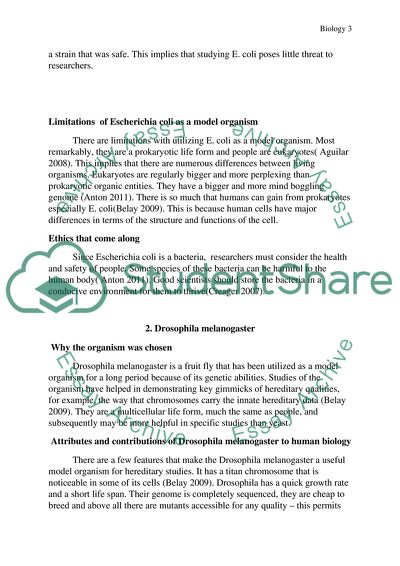Cite this document
(What are the Attributes and Limitations of Commonly Used Model Organis Essay, n.d.)
What are the Attributes and Limitations of Commonly Used Model Organis Essay. https://studentshare.org/biology/1865029-what-are-the-attributes-and-limitations-of-commonly-used-model-organisms-when-applied-to-the-study-of-human-biology
What are the Attributes and Limitations of Commonly Used Model Organis Essay. https://studentshare.org/biology/1865029-what-are-the-attributes-and-limitations-of-commonly-used-model-organisms-when-applied-to-the-study-of-human-biology
(What Are the Attributes and Limitations of Commonly Used Model Organis Essay)
What Are the Attributes and Limitations of Commonly Used Model Organis Essay. https://studentshare.org/biology/1865029-what-are-the-attributes-and-limitations-of-commonly-used-model-organisms-when-applied-to-the-study-of-human-biology.
What Are the Attributes and Limitations of Commonly Used Model Organis Essay. https://studentshare.org/biology/1865029-what-are-the-attributes-and-limitations-of-commonly-used-model-organisms-when-applied-to-the-study-of-human-biology.
“What Are the Attributes and Limitations of Commonly Used Model Organis Essay”. https://studentshare.org/biology/1865029-what-are-the-attributes-and-limitations-of-commonly-used-model-organisms-when-applied-to-the-study-of-human-biology.


